7- Safety and Security in Nude Modeling
Your safety and security are paramount and non-negotiable when working as a nude model. This crucial section outlines essential practices to protect yourself physically, emotionally, and digitally. Learn how to vet potential clients, recognize red flags, establish firm boundaries, ensure safe working environments, understand the importance of chaperones, and protect your images and privacy to mitigate risks inherent in this field.
Choosing Safe Locations for Shoots
Your safety, comfort, and peace of mind should always come first. So, let’s talk about how you can make sure the location is one that supports all of those things, so you can focus on the art and not on worrying about your surroundings.
a. Be Mindful of Privacy
One of the most important aspects of safe locations is privacy. Whether it’s an indoor studio or an outdoor location, you need to be certain that the area is private and secure. When you’re modeling nude, the last thing you want is someone stumbling into the shoot unexpectedly. This can create uncomfortable situations and potentially dangerous ones, depending on the circumstances.
If you’re shooting in an outdoor setting, like a park or a secluded beach, do your research beforehand. Make sure that the area is private or secluded enough so that random passersby won’t be able to interrupt. You should also consider the time of day—early morning or late evening might be ideal to avoid crowds. For indoor shoots, check out the studio or space ahead of time. Is it locked? Does it have an alarm system? If you’re shooting at someone’s home, make sure it’s a known and trusted place, and always have an exit strategy if something feels off.
b. Assess the Safety of the Environment
Along with privacy, you also need to think about the environment itself. Is it a safe, well-maintained space? When you’re modeling nude, you’ll likely be moving your body in ways that could require a little extra space and freedom of movement. So, ensure the location is clear of hazards—no slippery floors, sharp objects, or dangerous furniture that could cause injury.
If you’re doing an outdoor shoot, check for natural risks as well. Look for uneven ground, places that could be too hot or cold to be comfortable, or areas where you might run into dangerous wildlife or plants (poison ivy, anyone?). Always have a backup plan for weather conditions, too. If you’re shooting outside, things like rain or wind can change the game quickly.

c. Trust Your Gut When it Comes to People
When it comes to the people at the location, make sure you have a solid sense of who will be present during the shoot. It’s not just about whether the location itself is safe—it’s also about the people you’re sharing it with. If you’re working with a photographer or artist you’ve never met before, always take extra precautions. Make sure someone you trust knows where the shoot is happening and at what time. If something feels off, it’s totally okay to call it off or leave the shoot early.
In certain situations, you may even consider bringing along a trusted friend or assistant for extra support. It can be comforting to have someone there who can help keep things professional and ensure that you’re safe. The bottom line is, don’t compromise on your comfort when it comes to who you’re working with, and make sure everyone involved respects your boundaries.
d. Location Logistics and Communication
Sometimes, the safety of a location doesn’t just come down to physical space—it’s also about communication. Before you even step foot on set, talk to your photographer or artist about the logistics of the shoot. Are there any security measures in place at the location? How will you be able to leave the location if needed? What’s the parking situation like? Having all these details sorted out ahead of time can make a huge difference in how comfortable you feel when you arrive.
e. Evaluate Location Accessibility and Comfort
One thing a lot of models overlook when considering a location is accessibility. If the location is difficult to get to or involves uncomfortable travel, it can affect how you perform during the shoot. For example, long walks in the heat, bumpy roads to get to an isolated spot, or poor restroom facilities can be more distracting than you realize. On top of that, a comfortable location is key. You’re going to be spending hours in front of the camera or artist, so the last thing you want is to be in an environment that feels cramped, uncomfortable, or emotionally draining.
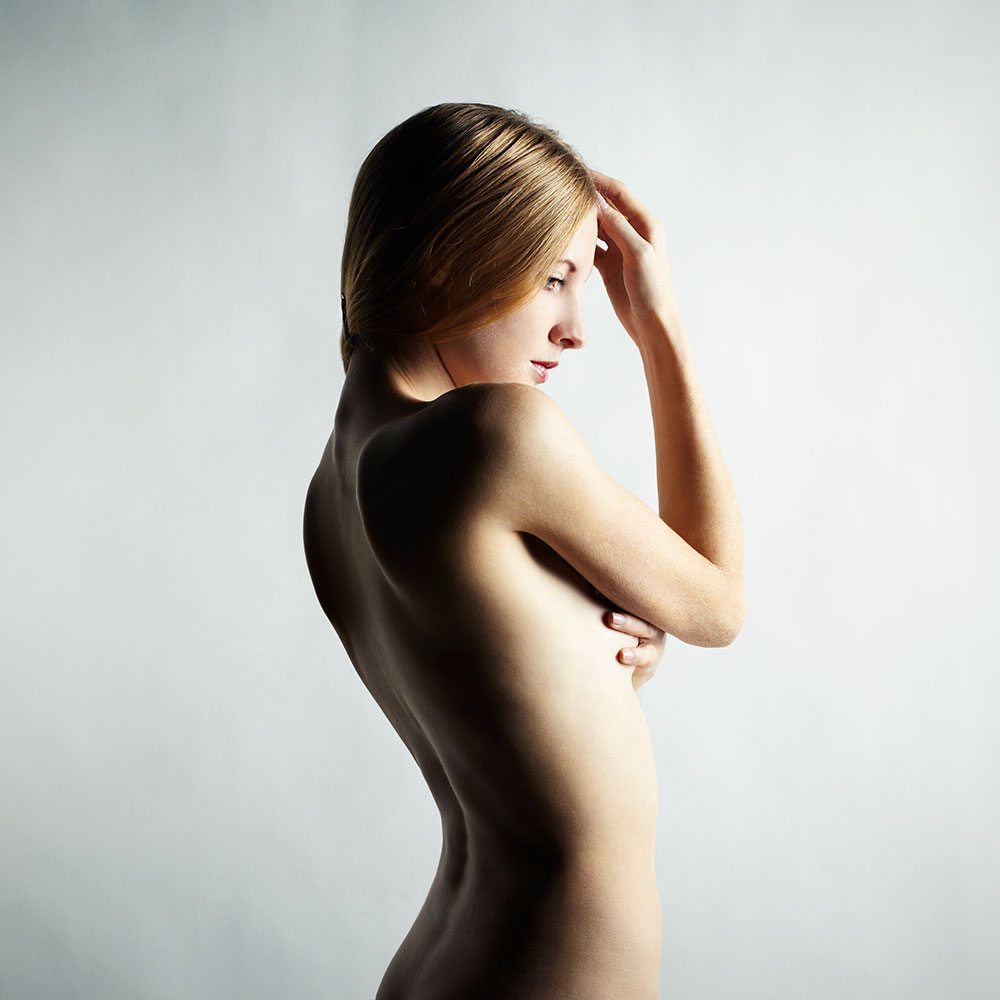
If you’re shooting indoors, is there a place where you can take a break? Is the temperature right? Can you easily change clothes or freshen up between shots? If you’re outdoors, do you have access to shade or shelter if needed? Think about the environment from the perspective of your own well-being. A safe location doesn’t just mean no immediate danger—it means you can focus on the art, not the discomfort.
f. Verifying Studio Reputation
If you’re working with a photographer that uses a studio, always take a moment to check out the studio’s reputation. A professional, reputable studio will have protocols in place to ensure both your safety and your privacy. They’ll likely have a clean, professional environment and a team that’s experienced with handling artistic nude shoots. You should also check that the photographer or artist has a solid background, positive references, or a portfolio that showcases their professionalism. Don’t be afraid to ask about previous clients or past shoots.
A red flag might be when a photographer insists on shooting in a studio or location that hasn’t been vetted. If they’re resistant to meeting in safe, well-established places, or if they don’t offer proper communication about the location ahead of time, it’s okay to walk away from the opportunity. Always trust your instincts.
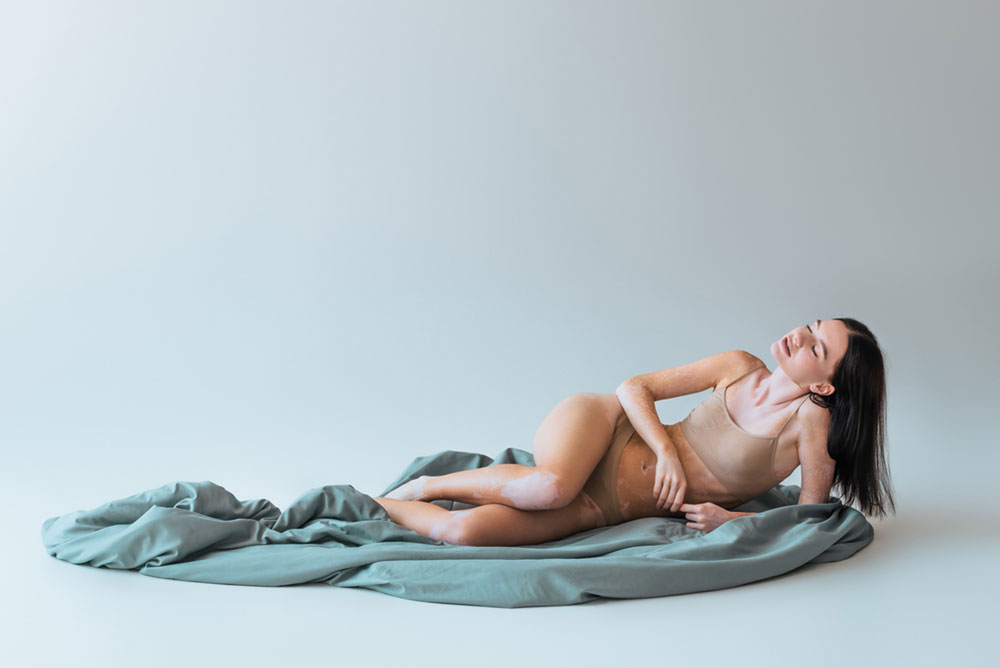
Bringing a Chaperone or Escort if Necessary
Bringing a chaperone or escort can make all the difference, especially if you’re working with a new photographer, artist, or location that you’re not entirely familiar with.
a. Why a Chaperone is Important
Having a trusted friend or professional with you during a shoot isn’t a sign of weakness; it’s simply a way to ensure that you’re comfortable and protected. It can be an invaluable safety net, giving you peace of mind and helping you stay focused on the task at hand. Whether it’s a close friend, a manager, or someone from your inner circle who knows and respects your boundaries, having someone there can feel like a small, but powerful, safeguard against any potential discomfort or miscommunication.
b. What Does a Chaperone Do?
The role of a chaperone isn’t to overshadow or interfere with the creative process—rather, it’s to be there in the background to make sure everything stays professional and that your rights are respected. Here’s how a chaperone can be helpful:
- Safety: They’re there to make sure that nothing out of the ordinary happens. If you’re working with someone new, it’s always a good idea to have someone who can observe the situation. They can also help with any emergencies, like if you need to leave the shoot quickly or if there’s a security concern.
- Comfort: It’s easier to relax and be yourself if you have someone who you know has your back. They can be there for quick breaks, offer you water, or help keep things light if you’re feeling tense. If something uncomfortable arises, your chaperone can help you communicate it.
Conflict Resolution: If any issues or conflicts arise—whether it’s related to boundaries, expectations, or general conduct—having a chaperone means you don’t have to handle it alone. They can step in and help mediate, ensuring that things stay respectful and professional.
c. When Should You Consider Bringing a Chaperone?
It’s not always necessary to bring a chaperone to every shoot. If you’re working with photographers, artists, or studios that you’ve built trust with over time, you may feel comfortable going solo. But if you’re feeling uncertain about the situation—whether it’s a new photographer, a new location, or even just a hunch that you’d prefer some extra support—don’t hesitate to bring someone along.
Here are a few scenarios where having a chaperone might make sense:
- First-time shoots with a new photographer or artist.
- Shooting in a private or unfamiliar location.
- When traveling for a shoot (especially if you’re going to a different city or country). Anytime you don’t feel 100% comfortable or secure with the setup.
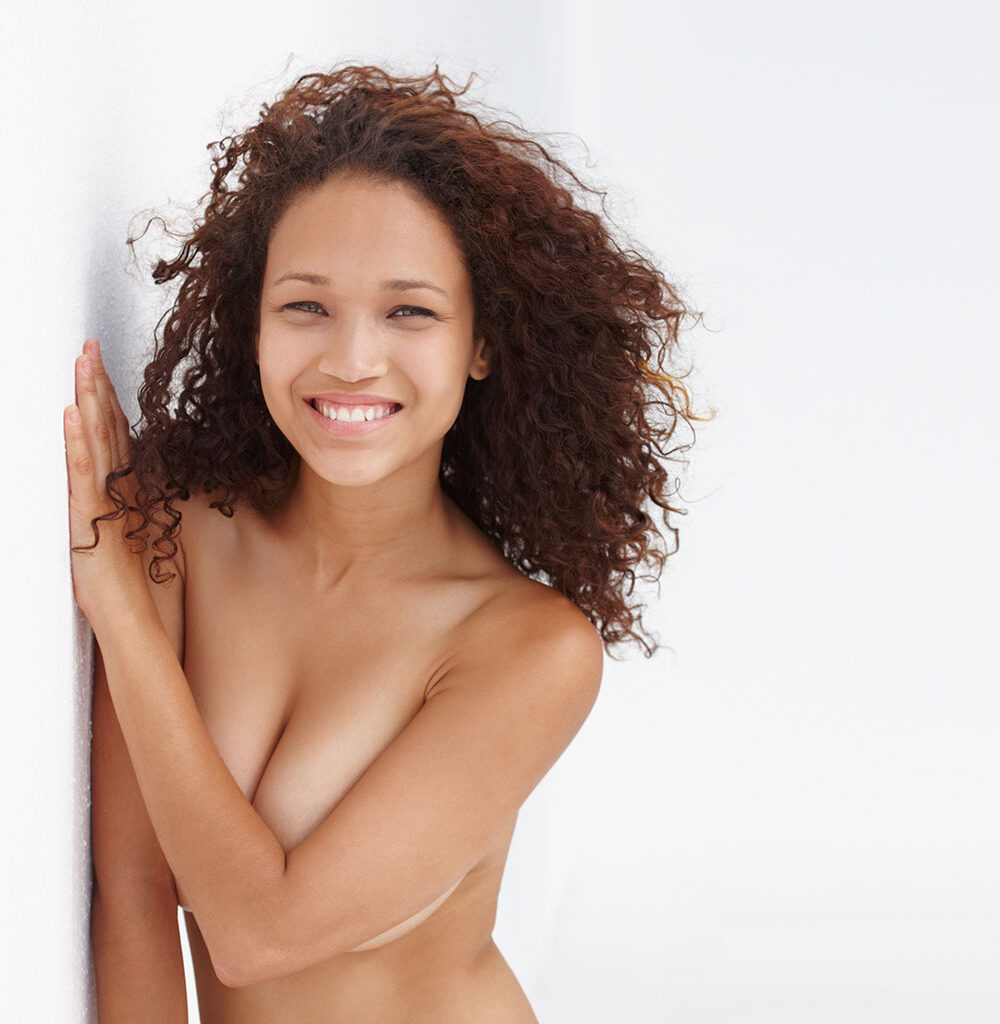
e. Choosing the Right Chaperone
A good chaperone should understand and respect the nature of the shoot, as well as your boundaries. They’re there to support you, not disrupt the process. Ideally, they should be professional, unobtrusive, and someone you can rely on to keep things in check. You don’t want someone who’s going to get overly involved in the creative process, but someone who will make sure everything runs smoothly from a logistical and safety standpoint.
It’s also crucial that your chaperone respects the nature of the modeling itself. They should be aware that nudity or intimate moments are part of the job and act accordingly—meaning no judgment, no awkwardness, and certainly no interfering with the photographer’s creative process.
f. Communicating with Your Photographer or Artist
Before bringing a chaperone along, always discuss this with the photographer or artist ahead of time. Most professionals are completely fine with it, but it’s still polite and necessary to let them know who’s coming along. Explain that your chaperone is there for personal comfort and safety. A respectful photographer will understand and will usually make accommodations for them, whether it’s giving them a place to sit or setting boundaries to ensure that they stay out of the way.
On the other hand, if a photographer gets defensive or doesn’t want a chaperone to be present, that could be a red flag. It’s your right to bring a support person, and any professional who resists this is not worth working with. Trust your gut in these situations.
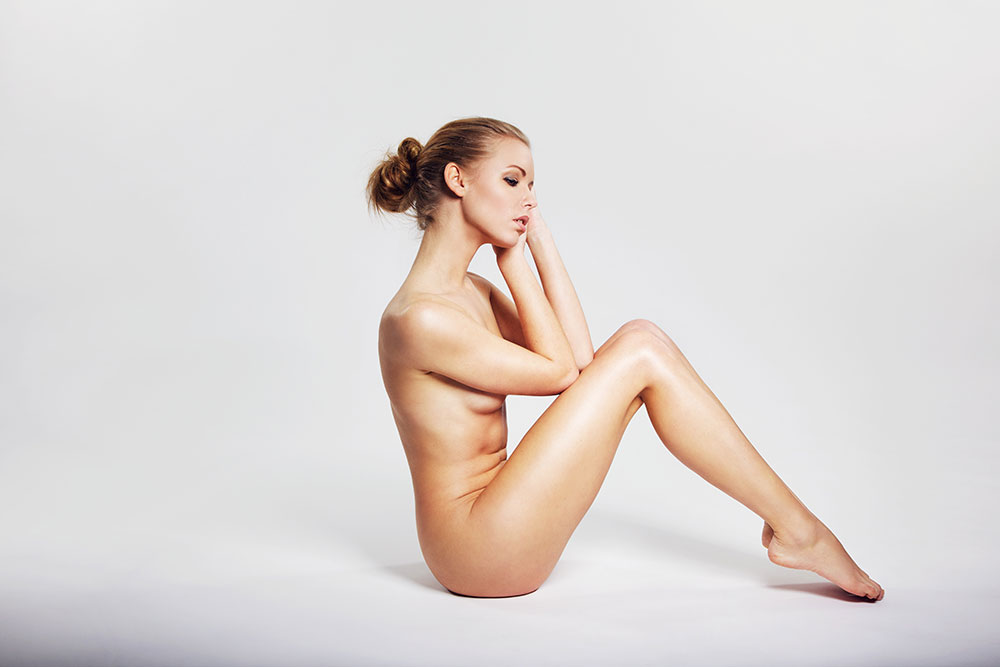
Vetting Photographers and Checking References
Choosing the right photographer is like finding a dance partner—you need someone who not only understands your vision but also knows how to move with you in harmony. When it comes to nude modeling, this becomes even more critical because it’s not just about taking pictures; it’s about trust, respect, and creating something authentic together. So, how do you know you’ve found the right photographer? Let’s break it down.
First, you’ll want to dive deep into their portfolio—this is where you’ll see if they truly “get” what you’re all about. A photographer’s portfolio isn’t just a collection of photos; it’s a window into their creative process and how they approach their subjects. Are their photos raw and honest, or do they feel staged and artificial? Do they have experience with nude or fine art photography? If you’re looking for a more sensual, intimate shoot, do their previous works reflect that same tone? Be discerning. You want to see if their style aligns with yours.
But don’t stop there. A portfolio is a curated collection—it doesn’t tell you the full story. That’s where references come into play. Any good photographer, particularly one working in the art world, will have no problem offering up a list of references—models they’ve worked with before, collaborators, or artists who can speak to their professionalism. Reach out to those references, and ask the tough questions: “How did they make you feel during the shoot? Were you comfortable? Did they respect your boundaries?” This is where you’ll really get the inside scoop on what it’s like to work with them. If they’ve been in the industry for a while, the word-of-mouth will speak volumes.
It’s important to trust your gut here. If a photographer shies away from providing references or gets defensive when you ask, it’s a sign to proceed with caution. A reputable, seasoned photographer will be more than happy to show you they’ve worked with others and created a safe, professional space for collaboration. If something feels off in your conversations—if they don’t respect your questions or boundaries—it’s worth reconsidering.
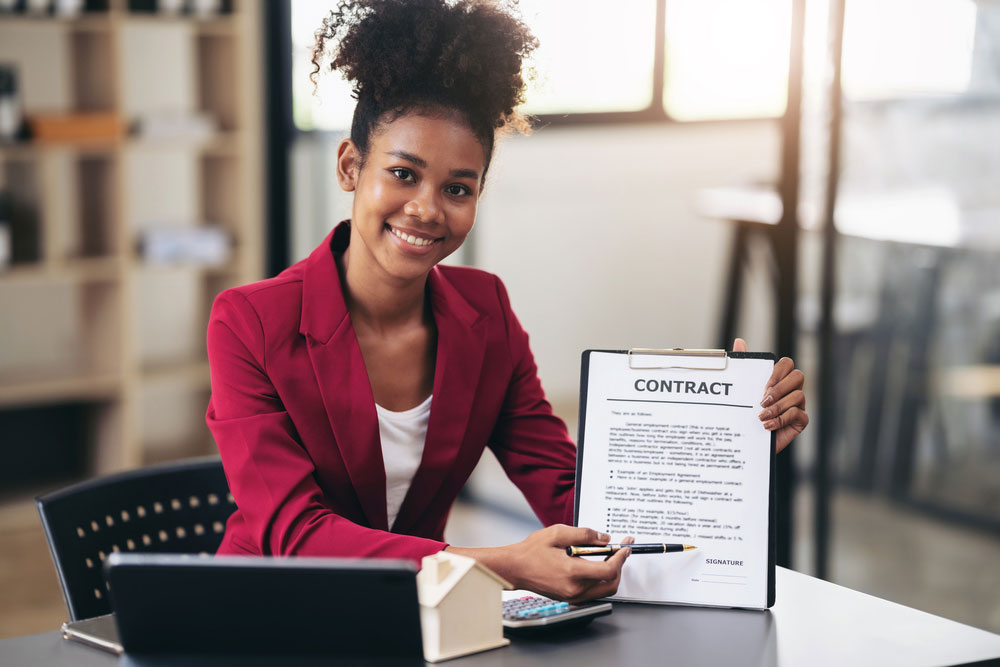
Setting Up a Contract Before Any Work Begins
Before you step in front of the camera, there’s one thing you absolutely must do—get it in writing. A contract isn’t just some formal piece of paper that’s easy to skip over; it’s a safety net, a guarantee that everything is laid out clearly, and it ensures that everyone knows what to expect. Think of it as the foundation for a respectful, professional relationship between you and the photographer. No ambiguity. No surprises.
First, the contract should clearly outline what the shoot will entail. What kind of shots will be taken? Will it be full nudity, partial nudity, or something more implied? You want all of this specified up front so there’s no room for misunderstanding. This isn’t just about protecting the photographer; it’s about making sure your boundaries are respected. This is your body and your comfort zone, and no one should take liberties with it.
Next, let’s talk about the usage of the images. Where will your photos go once they’ve been taken? Are they going to a gallery? A website? A magazine spread? Will they be used on social media or in promotional materials? The contract should specify exactly how the images can be used, and whether you have any say in where and how they’re shared. You should have the final say on how your likeness is used and shared. Make sure that consent is clear and granted for each intended usage. The last thing you want is for your images to pop up somewhere unexpected without your approval.
Then, there’s the matter of compensation—how much are you being paid, and what does the payment structure look like? Will you be paid per hour, per image, or in another form? Get the payment terms laid out clearly in the contract so you know exactly when and how you’ll be compensated.
A professional contract should also have provisions for cancellation and rescheduling. If life happens (and it often does), you need to know what happens if a shoot gets postponed or canceled. Will you be compensated for your time if the photographer backs out last minute? Can they reschedule without issue? A contract ensures that you’re protected in case things change unexpectedly.
Lastly, confidentiality and privacy are crucial. The contract should guarantee that your personal information remains private and that your identity won’t be shared without your consent. After all, you’re in charge of your body, your image, and your personal details.
Before you sign anything, don’t rush through the fine print. Take your time, read through everything carefully, and make sure you’re comfortable with the terms. If anything feels off or unclear, ask for clarification. If necessary, seek legal advice. Contracts don’t just protect the photographer; they protect you.
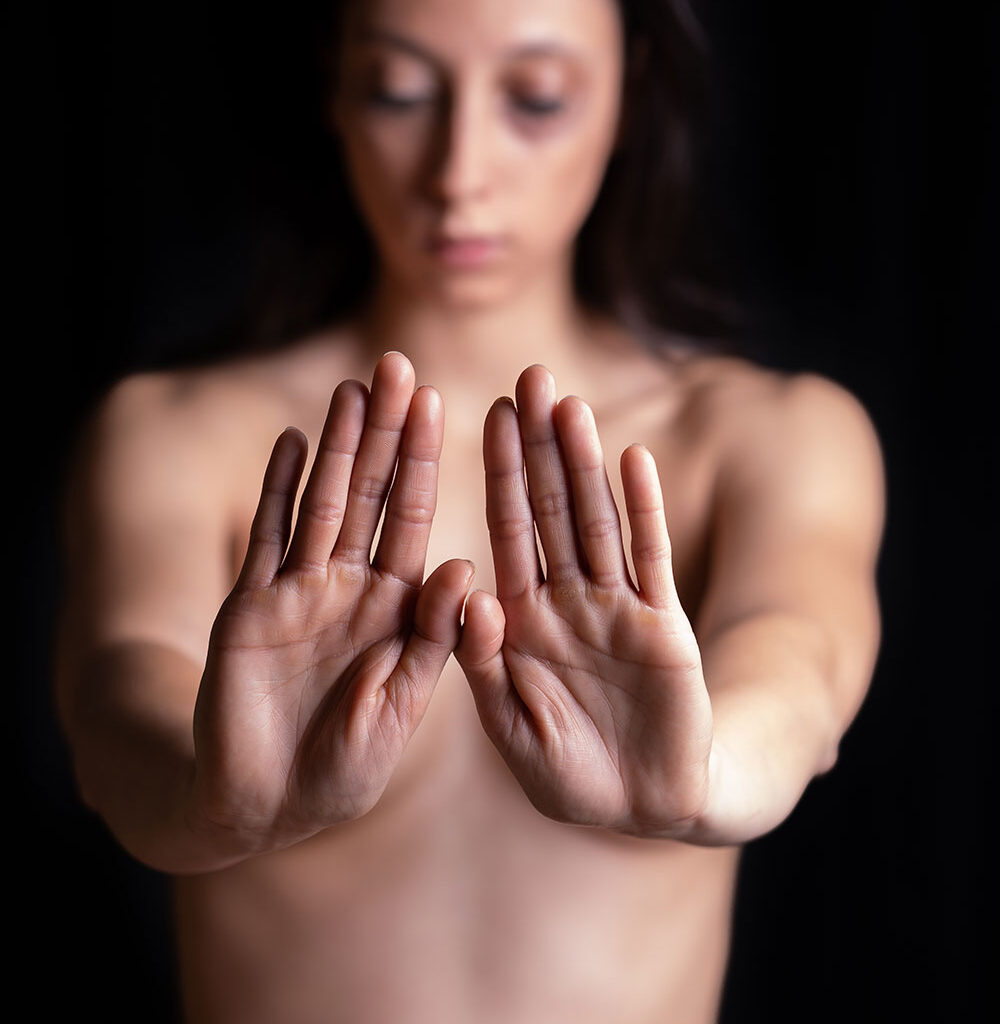
Knowing How to Exit Uncomfortable Situations
In any job, but especially in nude modeling, you’re bound to encounter moments where things just don’t feel right. Maybe the vibe shifts, a photographer says or does something that makes you uncomfortable, or a situation starts feeling more sketchy than it should. The key to navigating these moments? Knowing when to walk away.
Here’s the truth: No amount of money, shoot opportunities, or “great artistic concepts” is worth sacrificing your peace of mind. If at any point, your gut tells you something’s wrong, trust it. You have every right to step away from a shoot if it starts feeling unsafe, disrespectful, or just off in any way.
The first thing to remember is that you’re in control. Always. You’re the one with the power to say “no” or “this isn’t working for me.” If a photographer or client doesn’t respect your boundaries, doesn’t follow through with what was promised in your contract, or makes you feel uneasy, don’t hesitate to speak up. It might be awkward, and it might feel uncomfortable at the moment, but you’re advocating for your safety and well-being—and that’s worth every bit of discomfort.
In some cases, if things go south quickly, you might want to make a quick, clean exit. Be polite but firm, and don’t feel the need to explain yourself excessively. Simply say, “I’m sorry, but this isn’t working for me,” or “I need to leave now.” You don’t owe anyone an explanation for prioritizing your safety and comfort.
Trust your instincts. If a photographer is pushing for something that doesn’t feel right, or if there’s a shift in the tone of the shoot that makes you uneasy, take a step back. Your body, your energy, and your comfort matter more than any shoot. And remember, this is a business transaction—you can leave the situation without feeling guilty. If you ever feel like your rights are being infringed upon, don’t hesitate to call for help or contact someone you trust. Whether it’s a chaperone, another model, or someone else in the industry, you don’t have to face uncomfortable situations alone.
Exiting uncomfortable situations is also about setting boundaries early on. The more clear you are from the get-go about your limits and expectations, the easier it will be to spot when those lines are being crossed. And, if you’ve already outlined those boundaries in your contract, it becomes even easier to walk away if they’re ignored—because, in the end, it’s about protecting yourself and ensuring that modeling remains a positive, empowering experience.
So, when in doubt, don’t stay out of politeness. Your safety and comfort are the priorities, and any photographer or artist worth working with will understand and respect that.
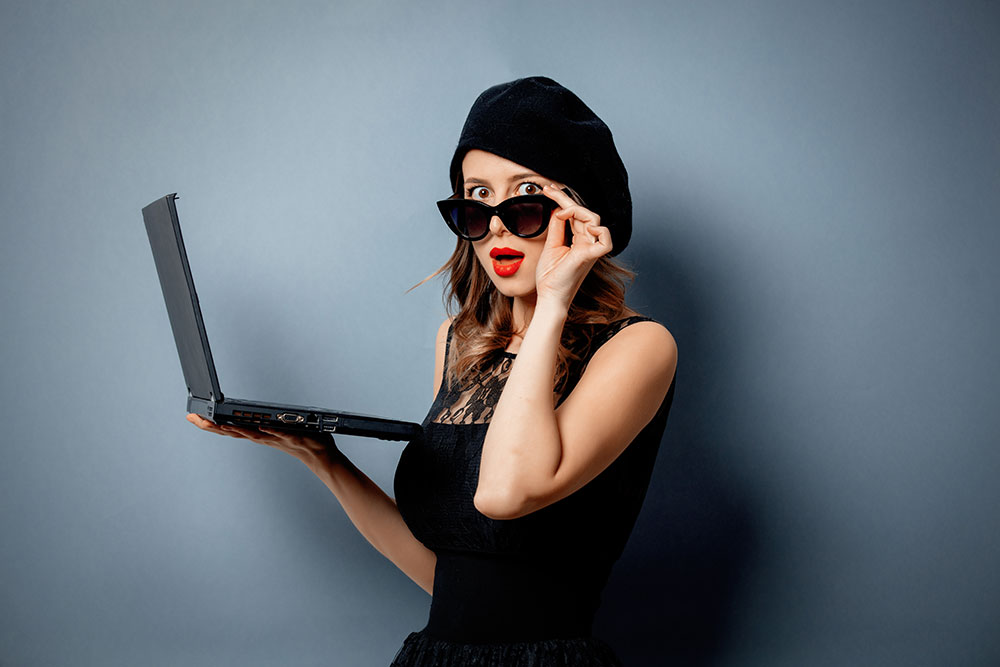
Protecting Yourself From Online Leaks and Unauthorized Use of Images
Once your images are out in the world, keeping them under control can feel like trying to hold onto sand. The reality of nude modeling in the digital age is that once a photo is shared, it can spread quickly—sometimes in ways you never intended. But that doesn’t mean you’re powerless. There are ways to protect your images, your reputation, and your personal boundaries from unauthorized use and online leaks.
First things first: Know exactly where your photos will go before you ever step in front of the camera. This should be spelled out in a contract, detailing where and how the images can be used—whether they’ll be displayed in a gallery, printed in a magazine, kept private for the photographer’s portfolio, or shared online. Never assume that a photographer will keep your images private unless it’s explicitly written down. And if you’re not comfortable with online publication, say so upfront.
A big mistake many models make is not reviewing final images before they’re released. You should always have the opportunity to see the shots and approve them before they go anywhere. Some models even request the right to veto images they don’t feel comfortable with. If this is important to you, make sure it’s part of your agreement from the start.
If your images will be published online, keep track of where they are posted. Google Alerts can notify you if your name appears on new websites, and reverse image search tools (like Google Reverse Image Search or TinEye) can help track down unauthorized use. Regular monitoring is key—because the sooner you catch an issue, the easier it is to address.

Unfortunately, leaks and misuse can still happen, even with precautions. If you find your photos being used without permission, act quickly. First, contact the website directly and request removal under copyright law or privacy policies. Many websites, especially professional or mainstream platforms, will take down unauthorized content if you prove you didn’t consent to its use. If the image is on a personal blog, forum, or shady site, you may need to send a DMCA takedown notice (a legal request for removal under copyright law). If necessary, an attorney who specializes in digital rights can help.
Another way to protect yourself is by limiting personal information attached to your modeling work. Use a stage name if possible, and be mindful of what details you share online. The less personal information tied to your nude work, the harder it is for someone to use it against you.
Most importantly, work only with professionals you trust. Reputable photographers and artists understand the responsibility that comes with handling nude images and will take security seriously. If a photographer seems careless about protecting your photos—or worse, dismisses your concerns—consider it a major red flag.
At the end of the day, your images belong to you, even if you don’t hold the copyright. The internet makes it easy for things to slip out of control, but by being proactive, setting clear boundaries, and knowing your rights, you can minimize the risks and keep your work in the right hands.
Continue Reading
- Everything About Nude Modeling / Part 1
- Everything About Nude Modeling / Part 2
- Everything About Nude Modeling / Part 3
- Everything About Nude Modeling / Part 4
- Everything About Nude Modeling / Part 5
- Everything About Nude Modeling / Part 6
- Everything About Nude Modeling / Part 7
Written By: Anh Nguyen
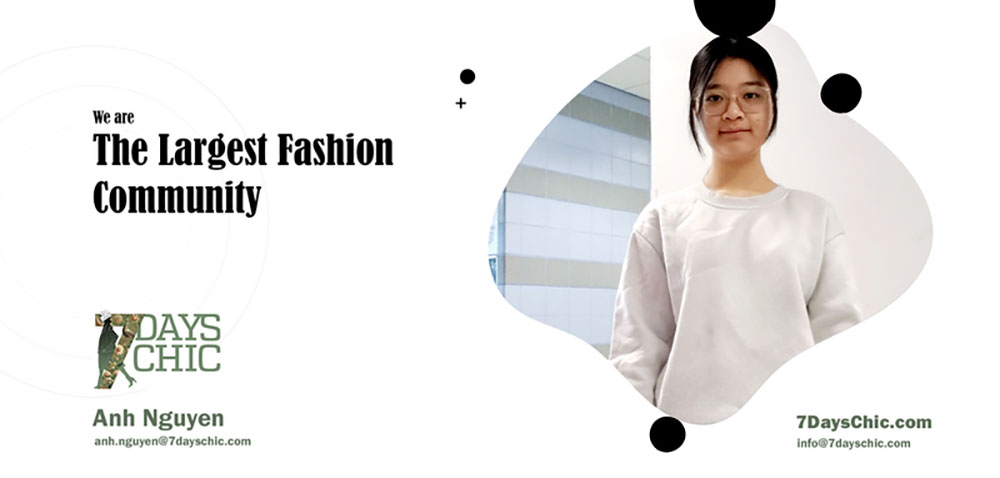


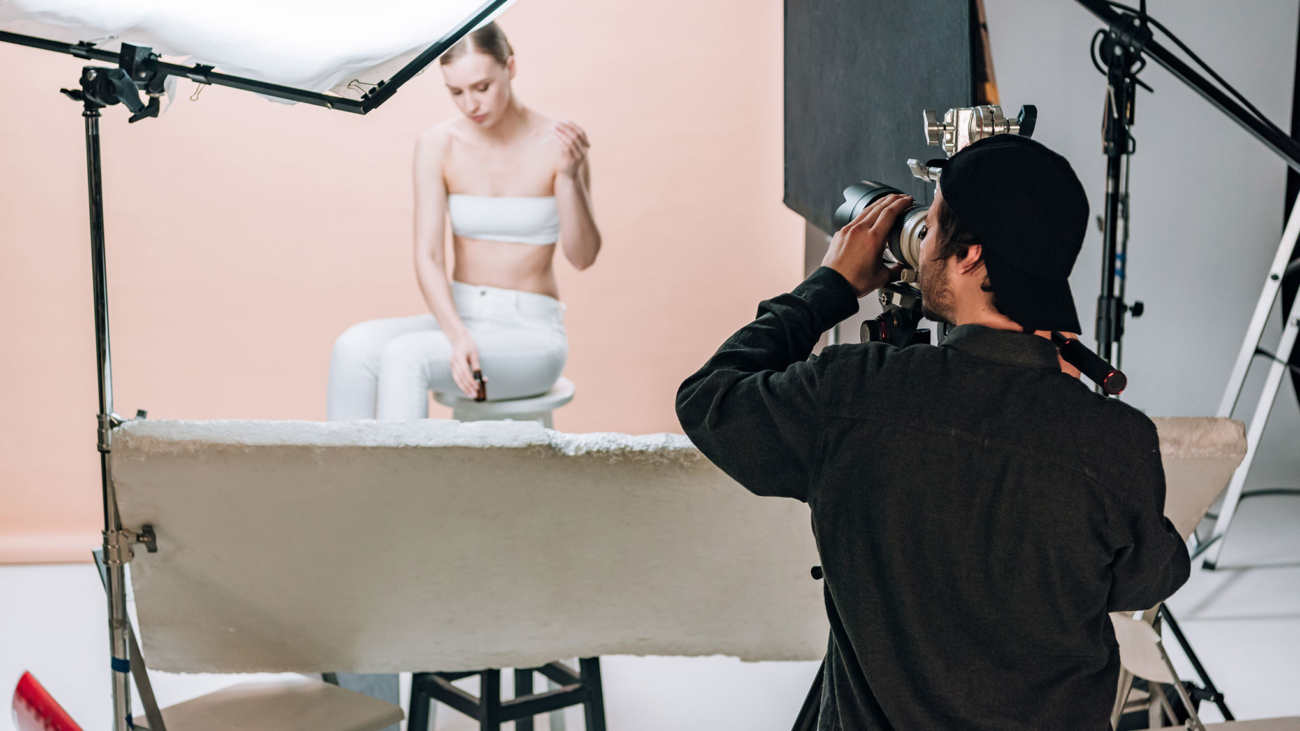
Add a Comment